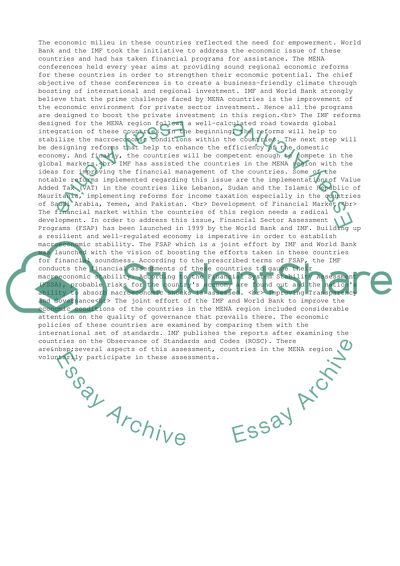Cite this document
(Economic Reforms in Middle-East and North Africa Term Paper, n.d.)
Economic Reforms in Middle-East and North Africa Term Paper. Retrieved from https://studentshare.org/management/1528746-middle-east-and-north-africa-countries
Economic Reforms in Middle-East and North Africa Term Paper. Retrieved from https://studentshare.org/management/1528746-middle-east-and-north-africa-countries
(Economic Reforms in Middle-East and North Africa Term Paper)
Economic Reforms in Middle-East and North Africa Term Paper. https://studentshare.org/management/1528746-middle-east-and-north-africa-countries.
Economic Reforms in Middle-East and North Africa Term Paper. https://studentshare.org/management/1528746-middle-east-and-north-africa-countries.
“Economic Reforms in Middle-East and North Africa Term Paper”, n.d. https://studentshare.org/management/1528746-middle-east-and-north-africa-countries.


